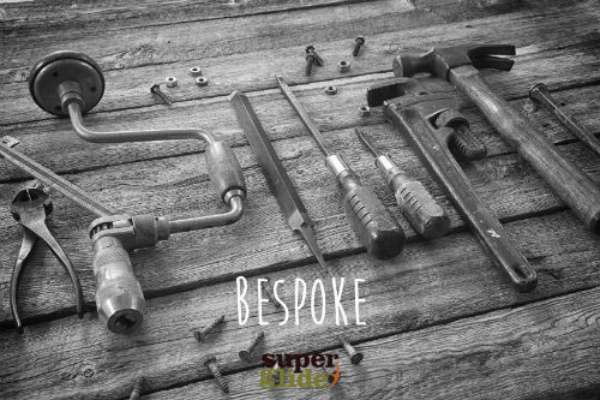Installing Sliding Wardrobe Doors
So you’ve decided that sliding wardrobe doors are what you need to add a touch of style and class to your room of choice, whilst making the most of your available space. What now?
Well, you might be considering having someone install them for you. However, if you would prefer to save money, it really isn’t too much of a difficult task to do it yourself, and with a modicum of DIY prowess, you should be just fine!
On a difficulty scale of 1-10, it would fall somewhere in the middle, but don’t let that scare you. Here are some simple steps to follow to ensure you get things done correctly.
What you’ll need to install sliding wardrobe doors.
- A selection of screwdrivers
- A drill
- A hacksaw
- Tape measure
- Spirit level
- Wall plugs and screws
Sliding Wardrobe Doors – Measuring up
First things first. You need to measure up to ensure that the finished product matches up to what you imagine. Do this twice and ensure that you do so as accurately as possible, because as little as 1mm can make all the difference! Pay special attention to the opening height and width and measure at least three places to ensure things end up straight.
The frame
Whilst not essential, constructing a frame will ensure that things are level. This will make things easier to fix together and will also make the finished product much more stable.
A simple frame will consist of a top liner, a bottom liner and two sides to suit the size of your wardrobe. If you are entirely filling an alcove, this should run all the way around the opening.
If you’re not entirely filling an alcove, you’ll need an end panel. Remember this end panel will be visible, so it should be well finished and must be cut exactly to size. Likewise, if you’re not building the wardrobe all the way up to the ceiling, it will need a top panel.
Internal fittings
Inside your wardrobe you can fit whatever you please, be it shelves, drawers, hanging rails or a combination.
For shelves, vertical supports are required and should be fitted at horizontal gaps of no more than 1200mm to avoid stressing the fixture. Drawers will need vertical panels to attach to and the runners fitted as necessary. If using flat packed drawers, see the instructions that came with them.
Cutting and installing the tracks
After carefully measuring both the top and bottom openings, cut to the correct length using the hacksaw.
Drill holes at approximately 400-500mm spaces and fix the top track in place. Once the top track has been fitted correctly, use a plumb line from the front edge to make sure the bottom track is correctly placed.
Remember, if the top and bottom tracks are off by as little as 1mm, the doors won’t sit perfectly vertical and could cause issues down the line. Ensure you make at least three or four markings using the plumb line, and with a long ruler, draw a line through them. The more markings you make, the more accurately inline you will get the top and bottom tracks.
Position the bottom track over the line you’ve marked, and then drill fixing holes through the track into the base or bottom liner at approximately 400-500mm intervals. Screw down the track and get ready to fit the doors.
Installing the doors
Two people may be needed here, not only because the doors could be heavy depending on the material used, but also because it can be awkward. You don’t want to make a mistake and damage the door and/or tracks.
Always fit the rear door first, tilting it at an angle to allow insertion into the rear groove of the top track first. Once it is securely in place in the top track, gently insert the door into the rear groove of the bottom track.
Follow the same process for the front doors, but of course inserting into the front groove of the tracks.
Test!
With the frame built, the tracks laid and the doors in place, gently move from side to side ensuring that the doors run smoothly through the tracks to each extreme. Listen for any creaking or cracks, which could indicate a misalignment somewhere.
Of course, when installing your sliding wardrobe doors, refer to the instructions that come with your product, as there may well be slight variations. You’ll find though that they will likely be very similar and with these helpful hints, you’ll have your new sliding wardrobe doors up in no time!
Alternatively you can buy our great products, where we’ll ensure the measurements, designs, manufacture and installation are all exceptional, as we’ll do it for you.



Recent Comments